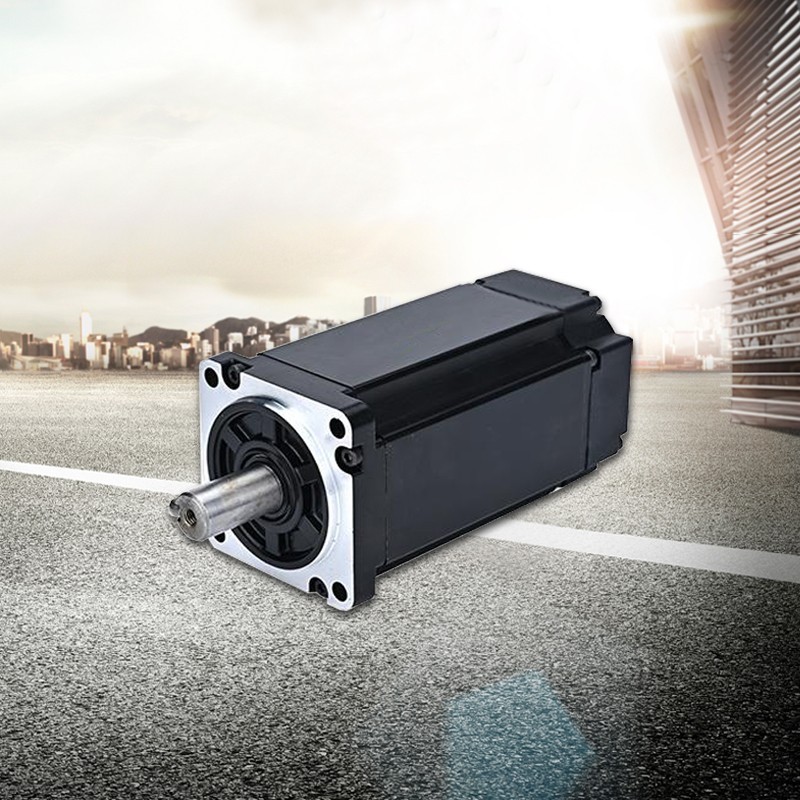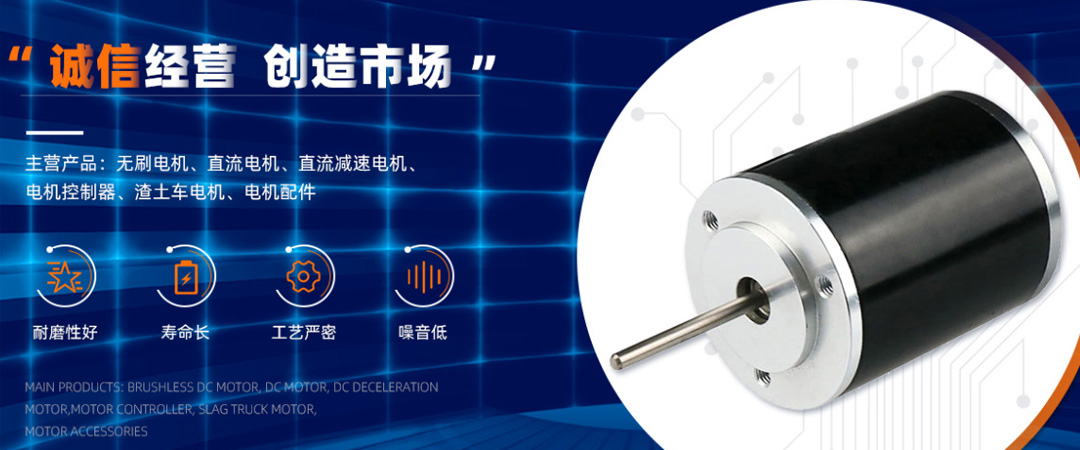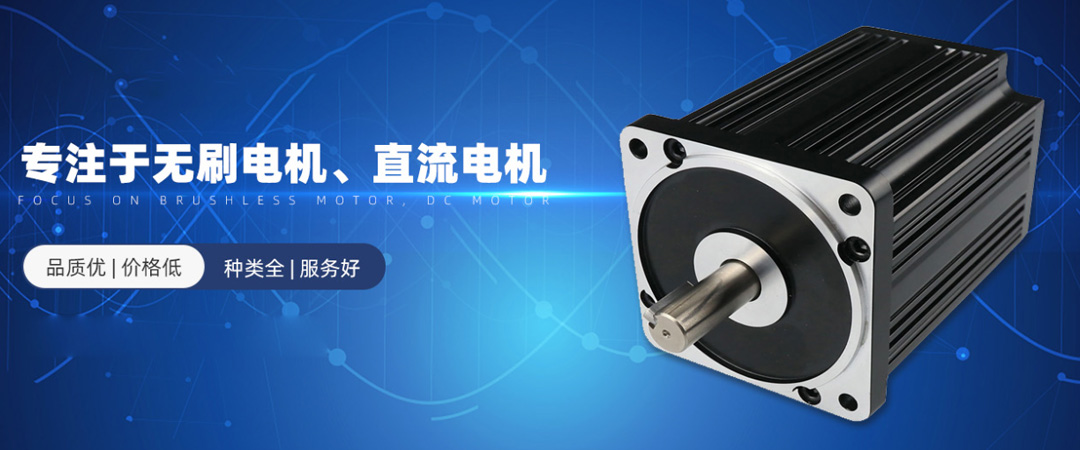Reasons for excessive vibration during no-load starting of brushless motors
Electric motors are widely used in daily life, and we may encounter some problems when using them. Below are the reasons for excessive vibration during no-load starting of brushless motors.
1. A brushless motor consists of a motor body and a driver, and is a typical electromechanical integrated product. Due to the fact that brushless DC motors operate in automatic control mode, they do not add starting windings to the rotor like synchronous motors that start under high loads under variable frequency speed regulation. They also do not vibrate or lose step during sudden load changes. At present, high magnetic energy rare earth neodymium iron boron materials are mostly used as permanent magnets for small and medium-sized brushless DC motors. Therefore, compared with three-phase asynchronous motors of the same capacity, the volume of rare earth permanent magnet brushless motors is reduced by one frame rate.
2. The motor adopts semiconductor switch equipment to complete electronic commutation, that is, electronic switch equipment replaces traditional contact commutators and brushes. Brushless motors have the advantages of high reliability, no sparks, and low mechanical noise, and are widely used in advanced recording studios, video recorders, electronic instruments, and automated office equipment.
3. The brushless motor consists of a permanent magnet rotor, a multi winding stator, and an orientation sensor. Directional sensing rectifies the current of the stator winding based on the change in rotor orientation (i.e. detects the orientation of the rotor relative to the stator winding, generates a directional sensing signal at a determined orientation, processes the signal change circuit, operates the power switch circuit, and switches the winding current according to a certain logical relationship). The working voltage of the stator winding is provided by an electronic switch circuit controlled by the output of the orientation sensor.
5. Choose a brushless DC motor with a magnetic orientation sensor and its magnetic sensor material (such as Hall element, magnetic tube, magnetoresistance, or dedicated integrated circuit). Install it on the stator component to detect the magnetic field changes that occur when the permanent magnet and rotor rotate.
The brushless motor with electromagnetic orientation sensor is equipped with electromagnetic sensor components (such as coupling transformer, proximity switch, LC resonant circuit, etc.), which are installed on the stator component. When the direction of the permanent magnet rotor changes, the electromagnetic effect will cause the electromagnetic sensor to generate high-frequency modulation signals.
2024.7.15 ZG
1. A brushless motor consists of a motor body and a driver, and is a typical electromechanical integrated product. Due to the fact that brushless DC motors operate in automatic control mode, they do not add starting windings to the rotor like synchronous motors that start under high loads under variable frequency speed regulation. They also do not vibrate or lose step during sudden load changes. At present, high magnetic energy rare earth neodymium iron boron materials are mostly used as permanent magnets for small and medium-sized brushless DC motors. Therefore, compared with three-phase asynchronous motors of the same capacity, the volume of rare earth permanent magnet brushless motors is reduced by one frame rate.
2. The motor adopts semiconductor switch equipment to complete electronic commutation, that is, electronic switch equipment replaces traditional contact commutators and brushes. Brushless motors have the advantages of high reliability, no sparks, and low mechanical noise, and are widely used in advanced recording studios, video recorders, electronic instruments, and automated office equipment.
3. The brushless motor consists of a permanent magnet rotor, a multi winding stator, and an orientation sensor. Directional sensing rectifies the current of the stator winding based on the change in rotor orientation (i.e. detects the orientation of the rotor relative to the stator winding, generates a directional sensing signal at a determined orientation, processes the signal change circuit, operates the power switch circuit, and switches the winding current according to a certain logical relationship). The working voltage of the stator winding is provided by an electronic switch circuit controlled by the output of the orientation sensor.

5. Choose a brushless DC motor with a magnetic orientation sensor and its magnetic sensor material (such as Hall element, magnetic tube, magnetoresistance, or dedicated integrated circuit). Install it on the stator component to detect the magnetic field changes that occur when the permanent magnet and rotor rotate.
The brushless motor with electromagnetic orientation sensor is equipped with electromagnetic sensor components (such as coupling transformer, proximity switch, LC resonant circuit, etc.), which are installed on the stator component. When the direction of the permanent magnet rotor changes, the electromagnetic effect will cause the electromagnetic sensor to generate high-frequency modulation signals.
2024.7.15 ZG



